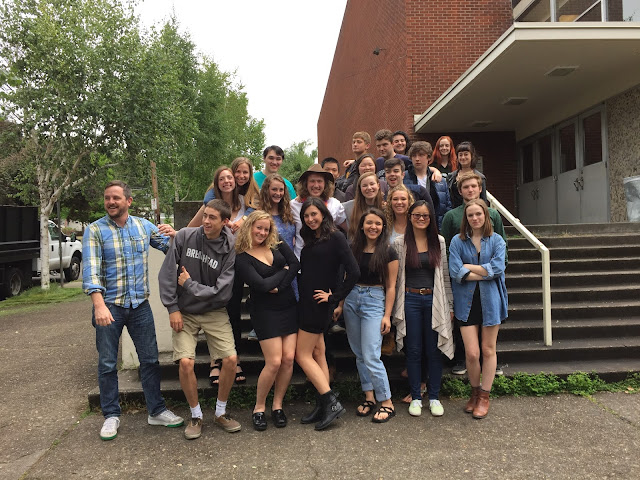- Students brainstormed a list of key terms based on their prior knowledge of Hitler and the Nazis.
- Students read an excerpt from the book Human Smoke. They wrote a series of questions based on the reading and discussed them in a student-led discussion.
- Students interpreted the Treaty of Versailles and assessed its impact on Germany.
- Students read about the Weimar Republic, sharing their findings with one another.
- I used the powerpoint below in discussion the context of WWI and the Rise of Nazism.
The Birth of The Nazis:







